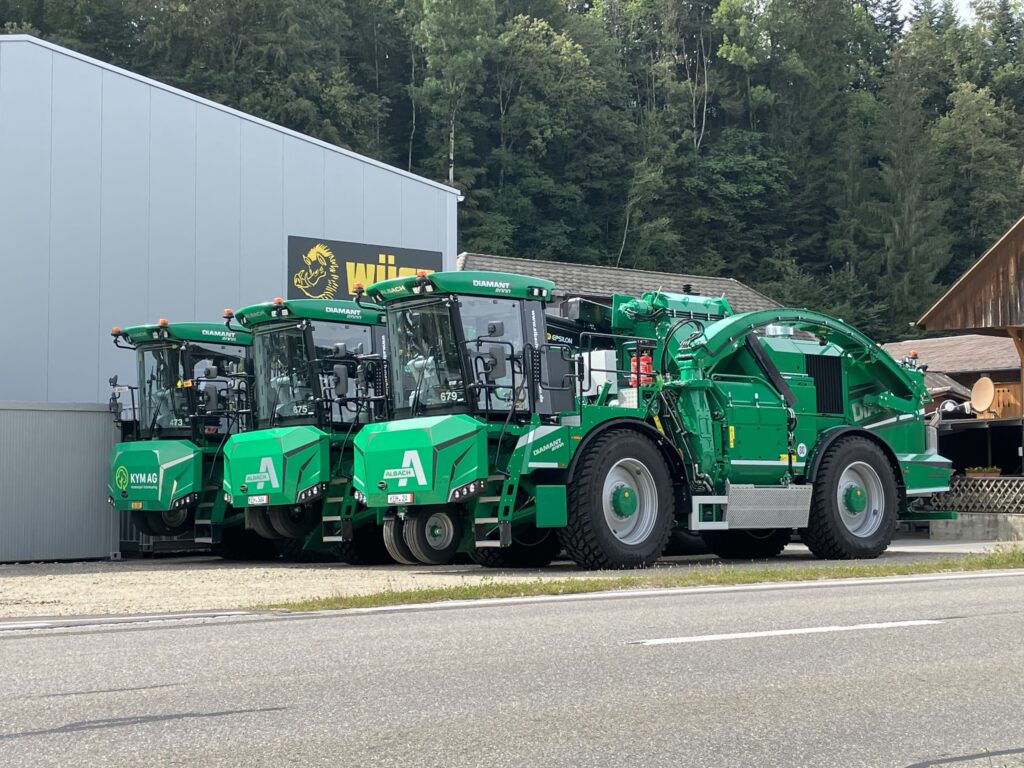Climate-resilient forests – who invented it?
In the case of Ricola, it’s obvious: The Swiss. When it comes to the buzzword ‘climate-resilient forests’, other countries could also be considered. However, it would come as no surprise if, in our search for the ‘fashion designer’ of this brainchild, we ended up back in the land of Ricola. But both buzzwords have something in common: they almost melt in your mouth.
Let’s get one thing straight: these and similar artistic terms come from the timber and forestry lobby to justify their excessive logging. They claim that today’s forests are ill-equipped to cope with climate change and need to be trimmed to make them ‘climate-resilient’. And who’s surprised? The forestry industry smells money and is playing its old tune: thinning out forests by cutting down as many trees as possible (beyond any notion of sustainability). Then planting the almost clear-cut areas with more climate-resilient tree species. But nothing harms the forest more than this. Such an approach is unnatural and only benefits the timber and forestry industries. When it comes to money, their ingenuity knows no bounds. The basic idea of helping the forest to cope with the challenges of climate change is certainly a good one. However, in order to help the forest become climate-resilient as far as possible, a gentle approach would be advisable.

Imagine standing in front of a dark mixed forest consisting mainly of beech and spruce trees, which is in its culmination phase. Today’s approach often looks like this: clear-cutting the forest with heavy harvesters. A few trees are left standing, as ordered by the forester who was present when the trees were marked. He had to do this because clear-cutting is prohibited by law (ForA / ForO) in Switzerland. Thus, the clear-cutting sham can be described as screen-by-shape tapering, therefore ‘maintenance work’. The trunks that can be sold as construction timber (if at all) are sorted out from the felled wood. The rest is dragged to the polter to be used as industrial wood, paper wood, but above all as energy wood (in 2022, over 74% of the hardwood felled in Switzerland was burned). This is done with heavy skidding machines, which compact the soil again. Then it is time for the climate-friendly trees to make their entrance. Young trees carted in from nurseries are planted on the clear-cut area (with a few trees left). The former forest now lies in a pile by the side of the road, neither purifying the air nor carrying out photosynthesis – and even worse, CO2 will now escape from the soil for the next 20 to 30 years. Grass, blackberries and abundant neophytes are now sprouting on the bare ground. Grass and the tender shoots of saplings from nurseries enrich the diet of hoofed game such as roe deer, red deer, etc., causing their populations to grow rapidly. The forestry industry groans under the burden of the unprofitable work of mowing and installing protective devices against game browsing on young plants and therefore calls for hunters and more game culling.
The lesson to be learned from this fiasco: Don’t do it! But this is how it is usually done at the moment. However, in order to optimise the forest for the future and make it more climate-resistant, we should first look back and learn from past mistakes: storms such as those in August 1981 throughout Switzerland; in February 1984 in the canton of Bern, or in March 1986 in north-eastern Switzerland; but especially Hurricane Lothar after Christmas 1999 – these disasters are nature’s response to decades of poor planning in forestry. The same applies to the increasing number of landslides.
April 2024
